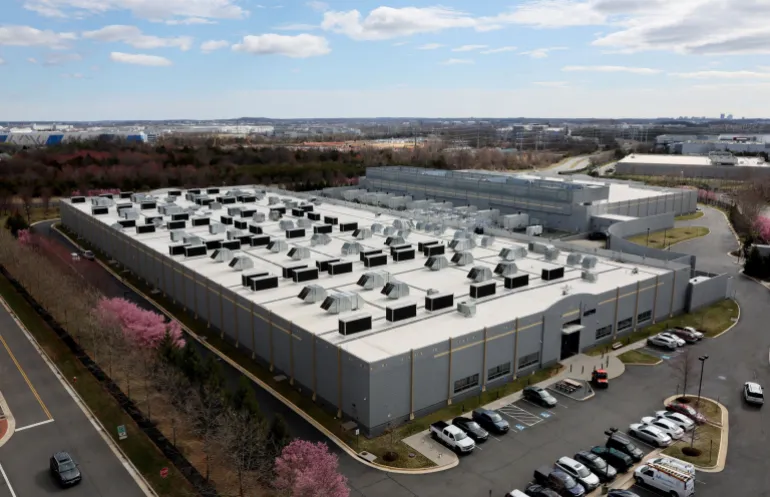Artificial Intelligence.. The “Temporary Oxygen” that Keeps the Global Economy Alive
October 25, 2025156 ViewsRead Time: 2 minutes

Font Size:
16
A Bloomberg Economics analysis revealed that artificial intelligence has become the main driver of global economic growth in the short term, but at the same time, it consumes enormous resources of capital, energy, and labor, which could lead to a slowdown in traditional productive sectors in the long term.
The report indicates that the significant momentum in funding AI projects conceals a structural weakness in real industrial investment, especially in manufacturing, construction, and energy, where liquidity and investments have shifted towards building digital infrastructure and massive data centers.
“Artificial intelligence is consuming the economic oxygen”
John Engle, CEO of Wisco International, states that artificial intelligence “is consuming the oxygen in the entire economic room,” pointing out that companies that have not entered the technology race “find themselves on the margins, with no real growth opportunities.”
A financial boom conceals economic fragility
According to Bloomberg estimates, global spending on AI infrastructure will reach about $4 trillion by 2030, while investment indicators in productive sectors remain “worryingly stagnant.”
Rebecca Patterson, an economic expert and former chief planner at Bridgewater Associates, explained that the U.S. economy “without the AI boom would be in a state of actual recession or near-zero growth,” emphasizing that “the apparent growth relies on one sector that cannot alone sustain the entire economy.”
Tech companies lead “illusory” growth
Bloomberg notes that major companies like Google, Amazon, Meta, and Microsoft are pouring between $400 and $600 billion annually into developing servers, cloud computing, and generative AI technologies, which translates into a temporary GDP increase of up to 1.5 percentage points next year.
However, the report warns that this growth “may be illusory and unsustainable,” as it is concentrated in a narrow sector that does not create enough jobs in the real economy, while consumer confidence remains at low levels similar to those following the 2008 global financial crisis.
The report concludes that artificial intelligence “has become like industrial oxygen that keeps the economy alive at present, but it is not a substitute for the real productive heart that ensures sustainable growth.”